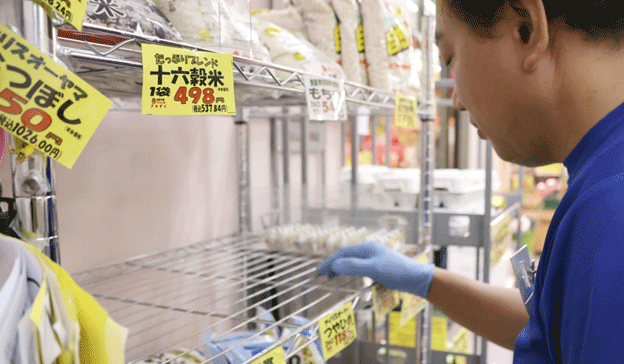Japan, one of the world’s leading producers and consumers of rice, witnessed an unprecedented 17.2% increase in rice prices in July 2023. This surge represents the highest year-on-year rise in nearly 20 years, with some specific rice varieties, such as Koshihikari, jumping 15.6%, and other non-Koshihikari Japonica rice varieties soaring by 18%. The drastic price increase is attributed to the severe heatwaves experienced in the summer of 2022, which led to widespread heat damage in rice crops and significantly reduced yields. The decreased supply, coupled with a high demand from both domestic consumers and an influx of international tourists dining out, has created a supply-demand imbalance that has driven prices upward.
This situation in Japan is not isolated. Global agriculture is increasingly facing challenges from climate change, which has resulted in more frequent and intense heatwaves, droughts, and unpredictable weather patterns. These changes threaten the stability of staple crops, such as rice, wheat, and maize, worldwide. In fact, a report from the Food and Agriculture Organization (FAO) highlighted that global rice production could drop by 1.3% in 2023 due to climate anomalies, with similar trends observed in other grain-producing regions.
In addition to climate-induced stress on crop yields, the economic environment has also played a role. With energy prices soaring and government subsidies ending, the cost of agricultural inputs such as fertilizers, pesticides, and water management has increased. This further exacerbates the financial strain on farmers and affects the overall cost of food production.
The implications of these trends for farmers, agronomists, and agricultural scientists are significant. It calls for enhanced research into climate-resilient crops, improved water management systems, and the adoption of advanced farming technologies that can help mitigate the effects of extreme weather. Furthermore, policymakers and agricultural engineers need to work closely with farmers to develop sustainable farming practices that can withstand these environmental and economic pressures.
For agribusinesses, especially those involved in rice production, understanding and anticipating these shifts is crucial. With rising global demand for food and the increasing unpredictability of crop yields, investing in innovations that enhance efficiency and resilience will be key to remaining competitive in the market.
The sharp rise in rice prices in Japan underscores the growing challenges that climate change and economic factors pose to global agriculture. Farmers and agribusinesses must adapt to these changes by embracing innovation, sustainable practices, and climate-resilient crops to ensure the future stability of food production. As global trends continue to shift, the agricultural sector will need to stay ahead of the curve to meet the increasing demands of a changing world.
Error




